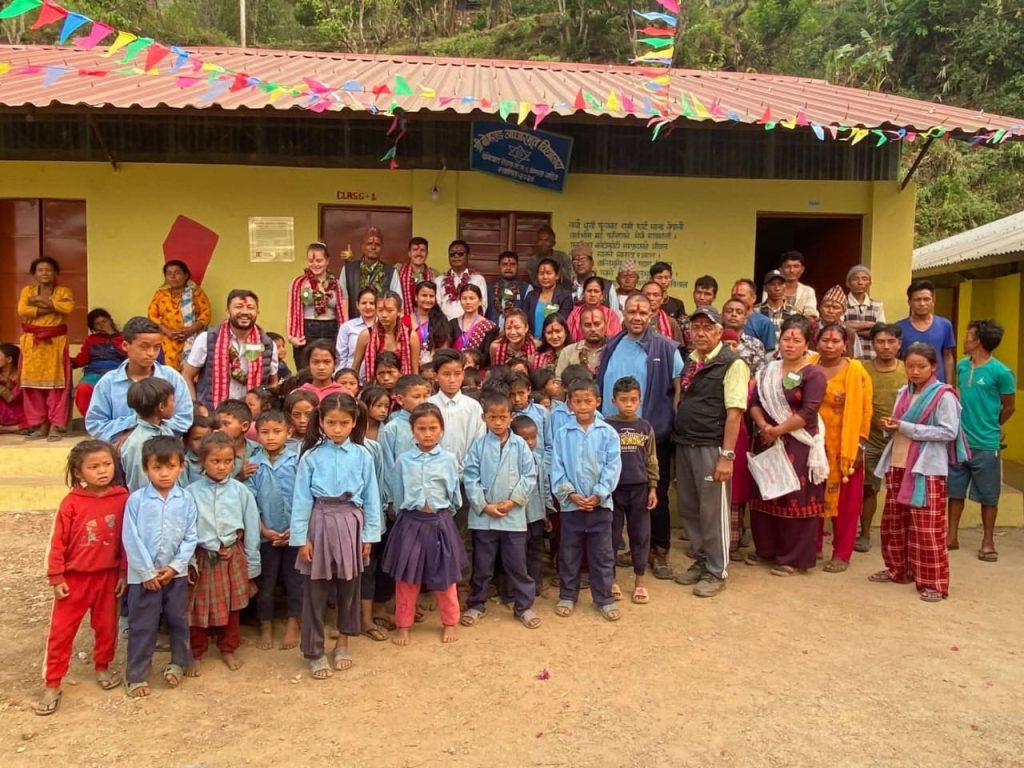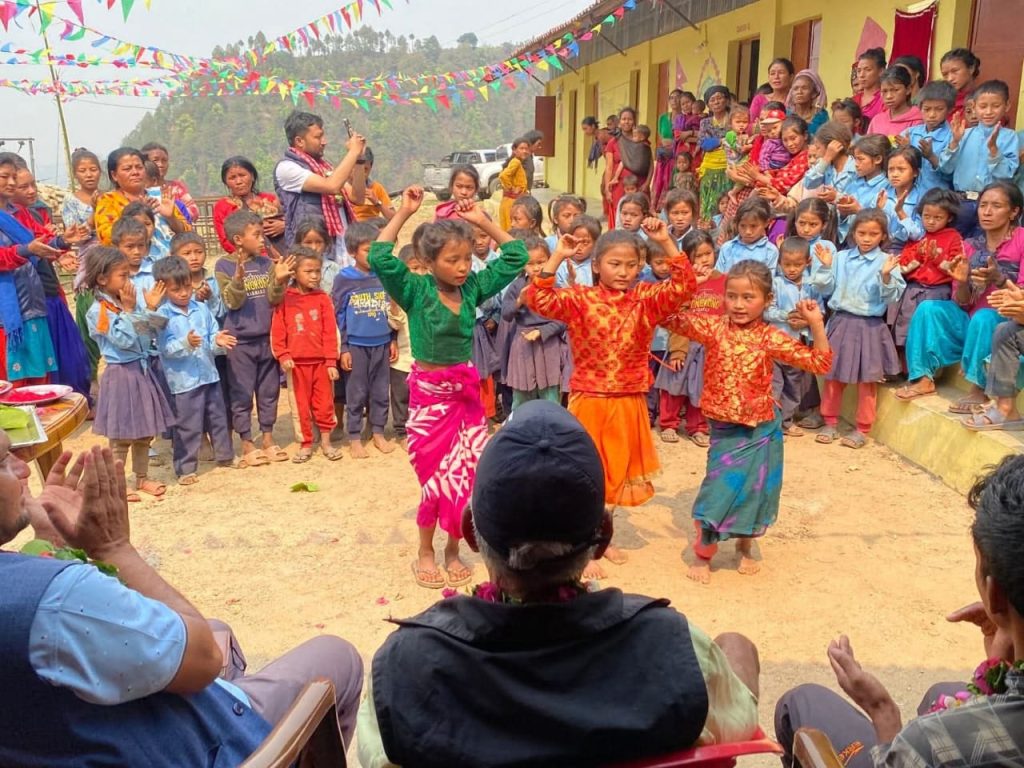At Ek Artha Foundation, we are committed to improving access to quality education for Nepal’s most underserved communities. In partnership with Sambriddha Aadhar Nepal and the Building Education Project, we supported a series of infrastructure improvements at Bomrag School, located in Benighat Rorang Rural Municipality–Ward No. 6, Dhading. The school primarily serves children from the Chepang community—one of Nepal’s most marginalized indigenous groups.
Nestled in a remote hilly area with historically limited access to educational resources, Bomrag School faced challenges such as unsafe infrastructure, inadequate classrooms, and a lack of space for outdoor play and learning. These limitations impacted student motivation, attendance, and learning outcomes.





Our Impact
Through this initiative, we focused on creating a safer and more engaging learning environment by:
- Retrofitting the existing school building to improve structural safety
- Partitioning classrooms to create age-appropriate and focused learning spaces
- Constructing a new playground to promote play-based learning and holistic development
These improvements have already led to noticeable progress in the school community, including:
- Strengthened community pride and involvement in school development
- Increased student enrollment and attendance
- Enhanced classroom engagement and learning outcomes
- Improved literacy levels among Chepang children
Community-Driven Approach
The local community—including parents, teachers, and the School Management Committee—played a key role in this transformation. Their involvement helped ensure that the project aligned with the specific needs of the students and fostered a greater sense of ownership and sustainability.
Looking Ahead
This project marks a meaningful step toward building an inclusive and empowering learning environment for children from the Chepang community. By addressing both safety and engagement in the classroom, we aim to support long-term improvements in educational access and quality for this historically excluded population.

